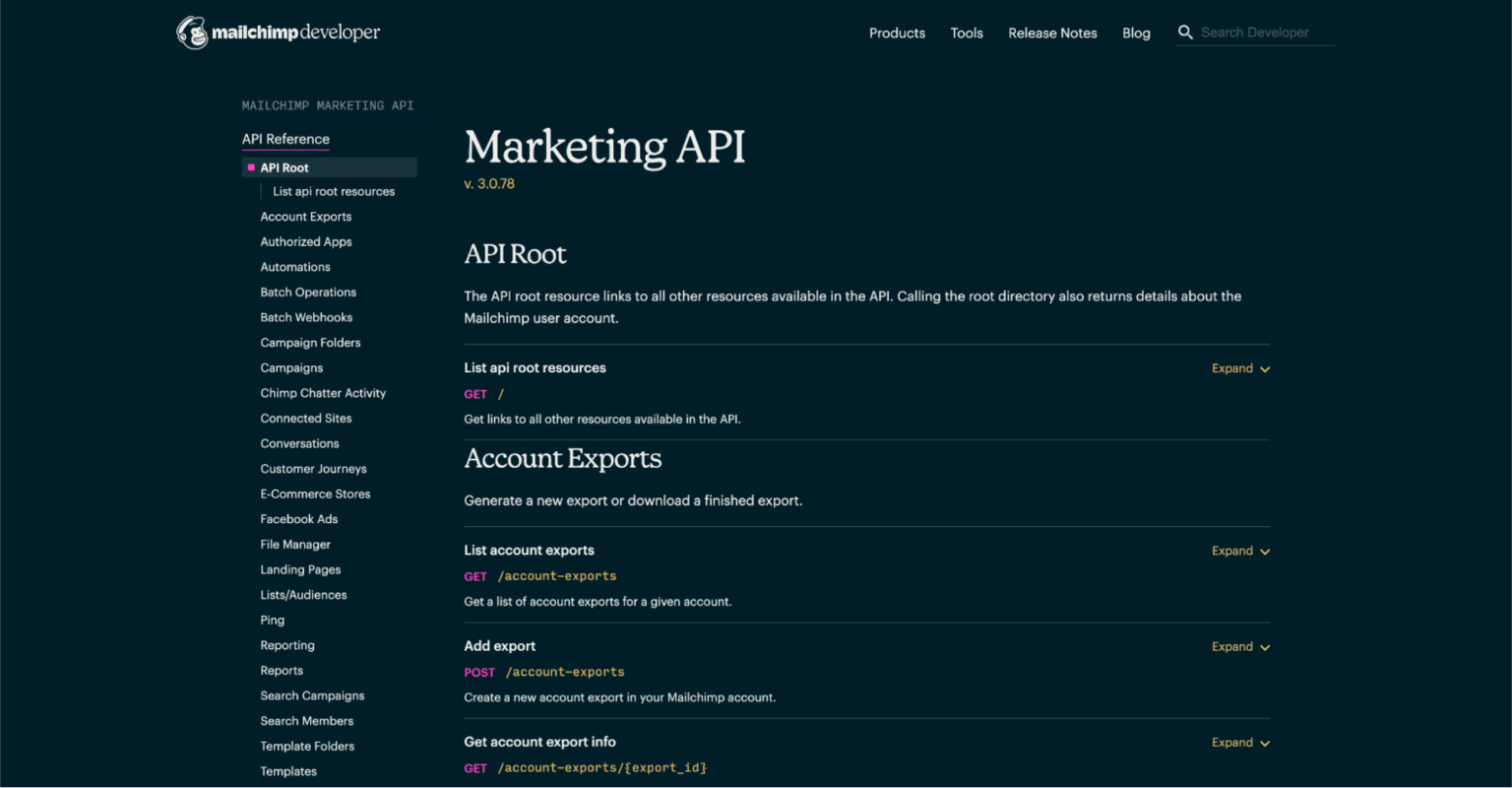In today's digital landscape, businesses and marketers are constantly seeking ways to gain a competitive advantage through data-driven insights. The SimilarWeb API provides a powerful tool for accessing website traffic data, engagement metrics, and competitive analysis. This comprehensive guide aims to delve into the intricacies of the SimilarWeb API documentation, ensuring that you can effectively utilize this resource to enhance your online strategy.
Understanding how to leverage the SimilarWeb API can significantly impact your decision-making process, allowing you to analyze market trends and user behavior. In this article, we'll explore the various features of the SimilarWeb API, how to access it, and practical use cases that can help you optimize your digital marketing efforts. Whether you're a developer, analyst, or business owner, this guide will equip you with the knowledge needed to harness the power of SimilarWeb's data.
As we navigate through the intricacies of the SimilarWeb API documentation, we will highlight key functionalities, best practices, and potential applications. By the end of this article, you will have a thorough understanding of how to utilize the SimilarWeb API effectively, ensuring you can integrate valuable insights into your business strategy.
Table of Contents
- Overview of SimilarWeb API
- Getting Started with the SimilarWeb API
- Authentication Process
- API Endpoints and Their Functions
- Types of Data Available through the API
- Practical Use Cases for the SimilarWeb API
- Best Practices for Using the SimilarWeb API
- Conclusion
Overview of SimilarWeb API
The SimilarWeb API is a robust platform that provides access to a plethora of web analytics data. With the API, users can query a variety of metrics related to website traffic, audience insights, and competitor analysis. This tool is particularly beneficial for businesses looking to enhance their digital strategies based on empirical data.
Some key features of the SimilarWeb API include:
- Access to website traffic statistics
- Insights into audience demographics
- Competitor benchmarking
- Market analysis and trends
By leveraging these features, businesses can make more informed decisions, optimize their marketing strategies, and ultimately drive better results.
Getting Started with the SimilarWeb API
To begin using the SimilarWeb API, you first need to create an account on the SimilarWeb platform. After registration, you will receive an API key that allows you to authenticate your requests.
Follow these steps to get started:
- Visit the SimilarWeb website and sign up for an account.
- Navigate to the API section in your account settings.
- Generate your unique API key.
- Familiarize yourself with the API documentation available on the SimilarWeb website.
Once you have your API key, you're ready to start making requests to access the data you need.
Authentication Process
Authentication is a vital step when using the SimilarWeb API. Each request to the API must include your API key to verify your identity. Here’s how you can authenticate your requests:
- Include your API key in the header of your HTTP requests.
- Use the format:
Authorization: YOUR_API_KEY
It is crucial to keep your API key confidential to prevent unauthorized access to your account and data.
API Endpoints and Their Functions
The SimilarWeb API offers various endpoints that serve different purposes. Below are some of the most commonly used endpoints:
1. Traffic Overview
This endpoint provides a summary of traffic data for a specific website. It includes metrics such as total visits, unique visitors, and page views.
2. Audience Insights
Gain insights into the demographics and interests of a website's audience. This data can inform your marketing strategies and target audience selection.
3. Competitor Analysis
Compare your website's performance against competitors. This endpoint allows you to benchmark your metrics and identify areas for improvement.
4. Market Analysis
Explore market trends and sector performance. This can help you identify growth opportunities and adjust your strategy accordingly.
Types of Data Available through the API
The SimilarWeb API provides a wealth of data types, including:
- Traffic volume and sources
- Audience demographics and interests
- Competitor traffic comparisons
- Market share and trends
Understanding these data types allows you to tailor your approach based on specific insights, enhancing your marketing efforts.
Practical Use Cases for the SimilarWeb API
The SimilarWeb API can be applied in various scenarios. Here are some practical use cases:
- Conducting competitor research to identify strengths and weaknesses.
- Analyzing market trends to inform product development.
- Targeting specific audience segments based on demographic data.
- Tracking website performance over time to measure growth.
Each of these use cases demonstrates how leveraging the SimilarWeb API can lead to actionable insights and improved business outcomes.
Best Practices for Using the SimilarWeb API
To maximize the benefits of the SimilarWeb API, consider the following best practices:
- Regularly review the API documentation for updates and new features.
- Use caching strategies to improve performance and reduce the number of API calls.
- Monitor your API usage to stay within limits and avoid unexpected costs.
- Combine data from the SimilarWeb API with other analytics tools for a more comprehensive view.
By following these best practices, you can ensure that you are utilizing the SimilarWeb API effectively and efficiently.
Conclusion
In summary, the SimilarWeb API is a powerful tool that provides valuable insights for businesses looking to enhance their digital strategies. By understanding how to navigate the API documentation, authenticate your requests, and utilize the various endpoints, you can unlock a wealth of data that drives informed decision-making.
We encourage you to explore the SimilarWeb API further and consider how it can be integrated into your business strategy. Don't hesitate to share your thoughts or questions in the comments below!
Thank you for reading! We hope you found this guide helpful and informative. Be sure to revisit our site for more insights and resources on digital marketing and analytics.
Is Angelina Jolie Dead? The Truth Behind The Rumors
André The Giant: The Life And Legacy Of A Wrestling Icon
Cameron Boyce's Girlfriend When He Died: A Deep Dive Into His Life And Legacy


